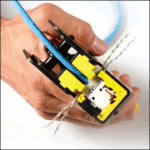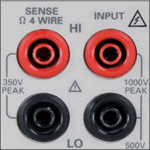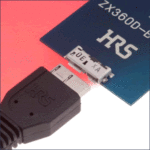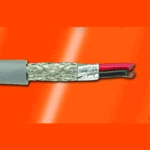
Connector Design Checklist
A good connector design requires attention to the separable interface front end, the permanent interface back end, and the contact retention area. Bill Garver of APEX Electrical Interconnection Consultants provides a checklist of these design considerations. There are fundamentally three specific elements of an electrical contact that are used within a multiple-position connector.Read More













